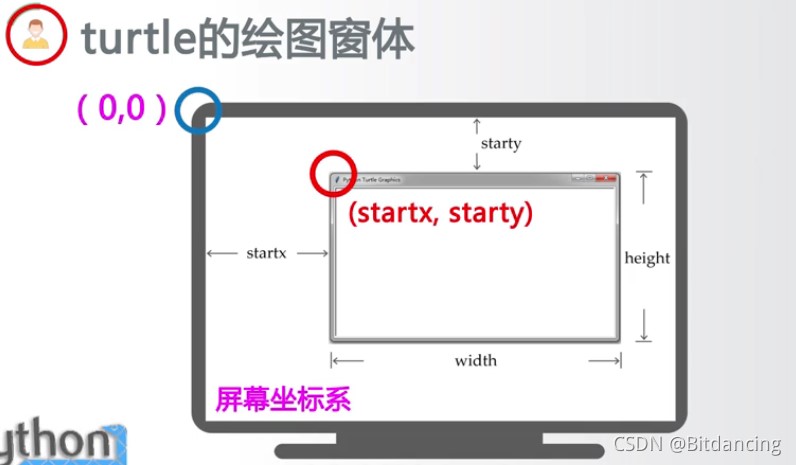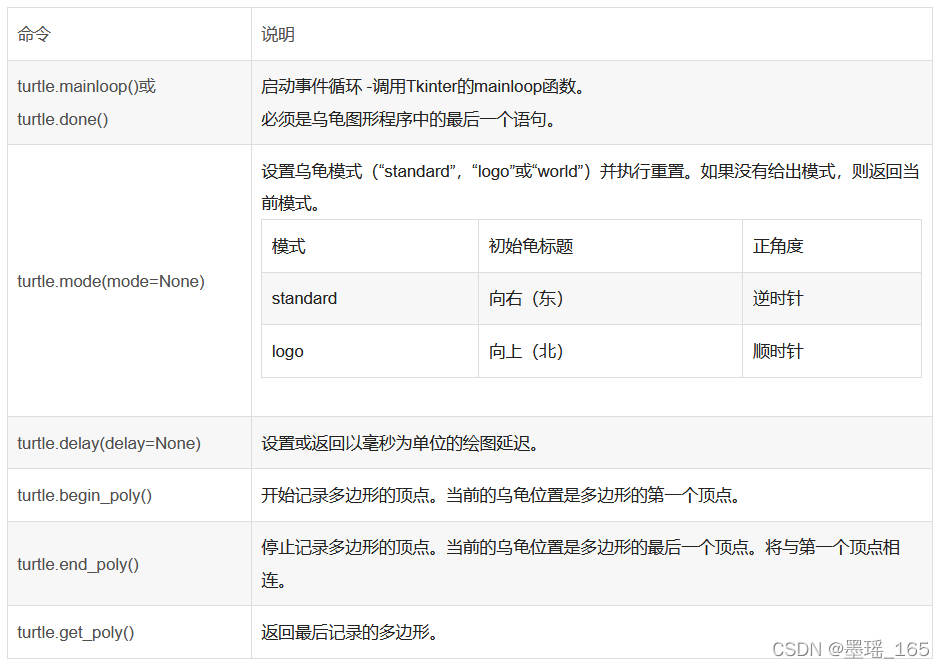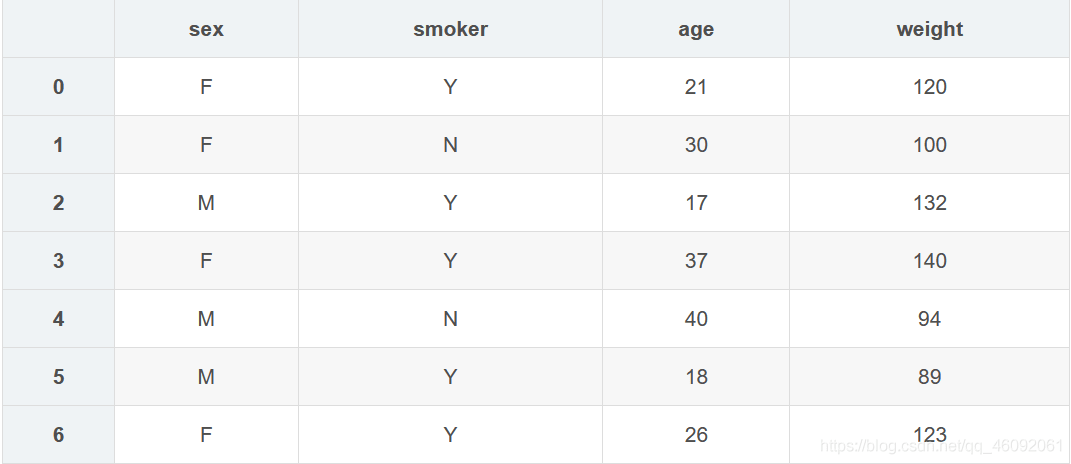string.Template()
string.Template()内添加替换的字符, 使用"$"符号, 或 在字符串内, 使用"${}"; 调用时使用string.substitute(dict)函数.
可以通过继承"string.Template", 覆盖变量delimiter(定界符)和idpattern(替换格式), 定制不同形式的模板.
代码:
# -*- coding: utf-8 -*-
import string
template_text = '''''
Delimiter : %%
Replaced : %with_underscore
Ingored : %notunderscored
'''
d = {'with_underscore' : 'replaced',
'notunderscored' : 'not replaced'}
class MyTemplate(string.Template):
delimiter = '%'
idpattern = '[a-z]+_[a-z]+'
t = MyTemplate(template_text)
print('Modified ID pattern: ')
print(t.safe_substitute(d))
输出:
Modified ID pattern: Delimiter : % Replaced : replaced Ingored : %notunderscored
注意: 定界符(delimiter)为"%", 替换模式(idpattern)必须包含下划线, 所以第2个没有进行替换.
正则替换
string.Template的pattern是一个正则表达式, 可以通过覆盖pattern属性, 定义新的正则表达式.
如: 使用新的定界符"{{", 把{{var}}作为变量语法.
代码:
import string
t = string.Template('$var')
print(t.pattern.pattern)
class MyTemplate(string.Template):
delimiter = '{{'
pattern = r'''''
\{\{(?:
(?P<escaped>\{\{) | # Escape sequence of two delimiters
(?P<named>[_a-z][_a-z0-9]*)\}\} | # delimiter and a Python identifier
{(?P<braced>[_a-z][_a-z0-9]*)}\}\} | # delimiter and a braced identifier
(?P<invalid>) # Other ill-formed delimiter exprs
)
'''
t2 = MyTemplate('''''
{{{{
{{var}}
''')
print('MATCHES: ', t2.pattern.findall(t2.template))
print('SUBSTITUTED: ', t2.safe_substitute(var='replacement'))
输出:
\$(?:
(?P<escaped>\$) | # Escape sequence of two delimiters
(?P<named>[_a-z][_a-z0-9]*) | # delimiter and a Python identifier
{(?P<braced>[_a-z][_a-z0-9]*)} | # delimiter and a braced identifier
(?P<invalid>) # Other ill-formed delimiter exprs
)
MATCHES: [('{{', '', '', ''), ('', 'var', '', '')]
SUBSTITUTED:
{{
replacement
字符串模板的安全替换(safe_substitute)
字符串模板(sting.Template), 替换时, 使用substitute(), 未能提供模板所需的全部参数值时, 会发生异常.
如果使用safe_substitute(), 即安全替换, 则会替换存在的字典值, 保留未存在的替换符号.
代码:
import string
values = {'var' : 'foo'}
t = string.Template('''''$var is here but $ missing is not provided! ''')
try:
print 'substitute() : ', t.substitute(values)
except ValueError as err:
print 'Error:', str(err)
print 'safe_substitude() : ', t.safe_substitute(values)
输出:
substitute() : Error: Invalid placeholder in string: line 1, col 18 safe_substitude() : foo is here but $ missing is not provided!
到此这篇关于Python的string模块中的Template类字符串模板用法就介绍到这了。优秀的人,不是与生俱来就领先一步,也不一定比别人更加幸运。他们中的多数,只是在任何一件小事上,都对自己有所要求,不因舒适而散漫放纵,不因辛苦而放弃追求。雕塑自己的过程,必定伴随着疼痛与辛苦,那一锤一凿的敲打,终能让我们收获一个更好的自己。更多相关Python的string模块中的Template类字符串模板用法内容请查看相关栏目,小编编辑不易,再次感谢大家的支持!





